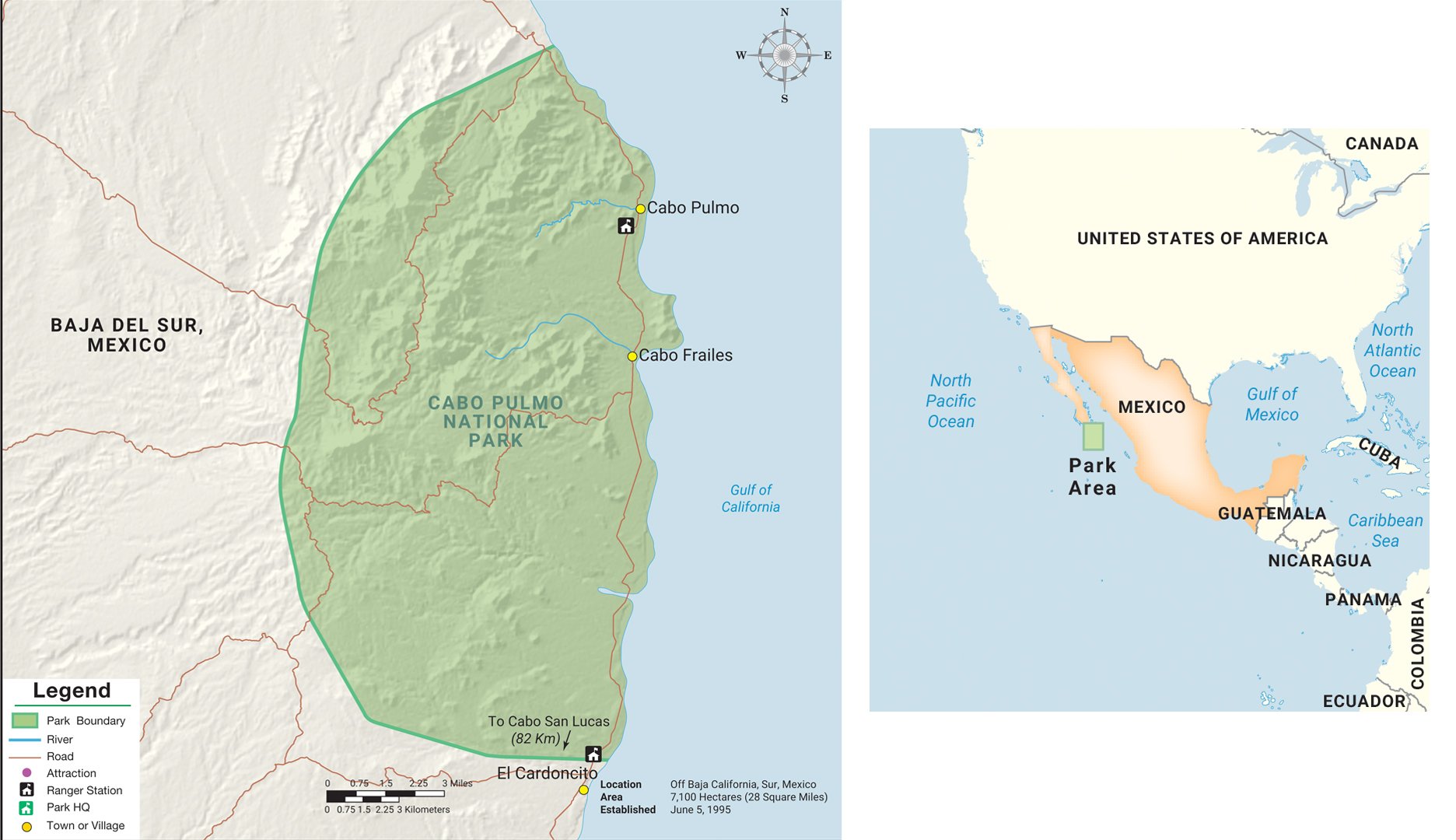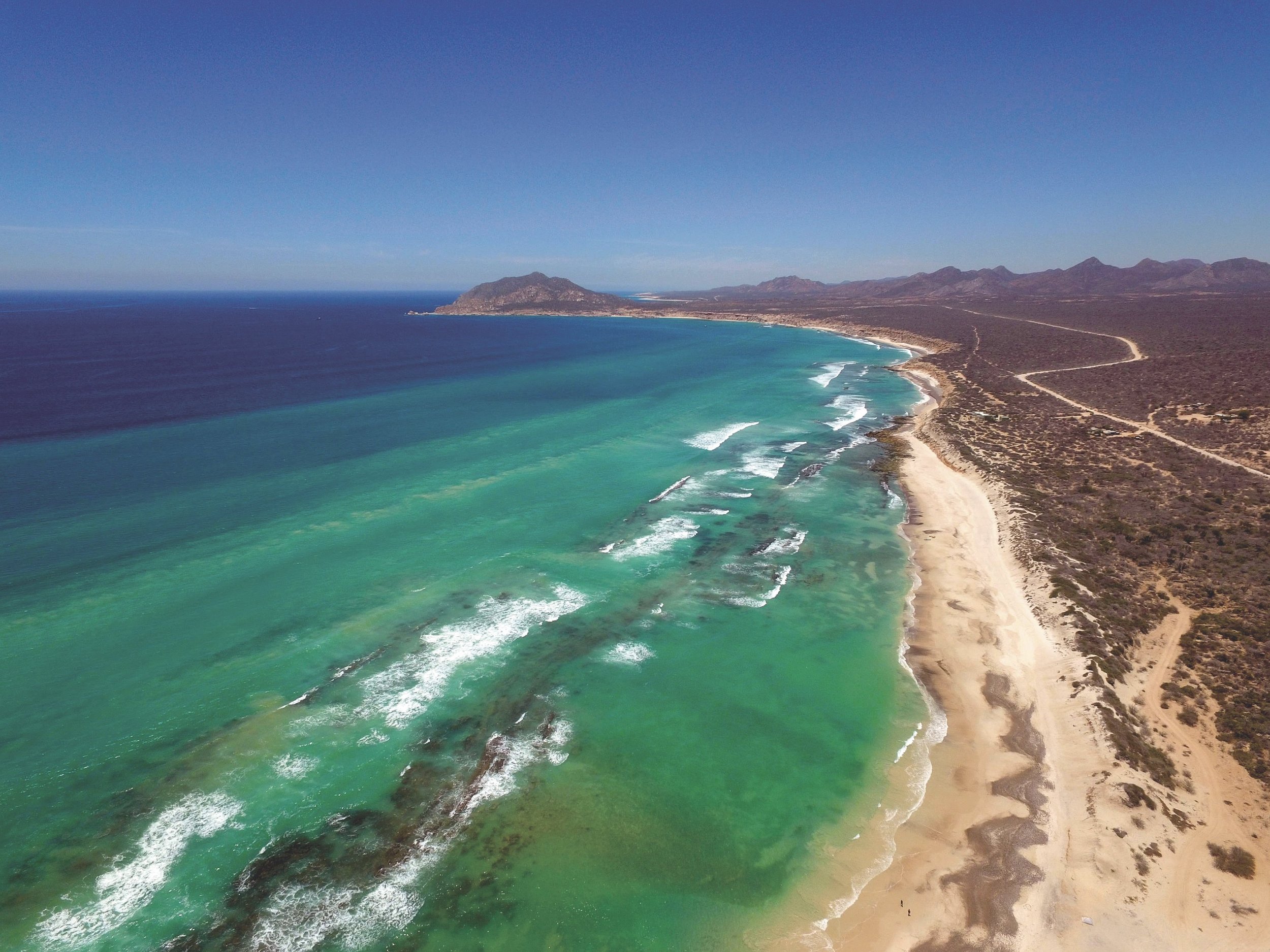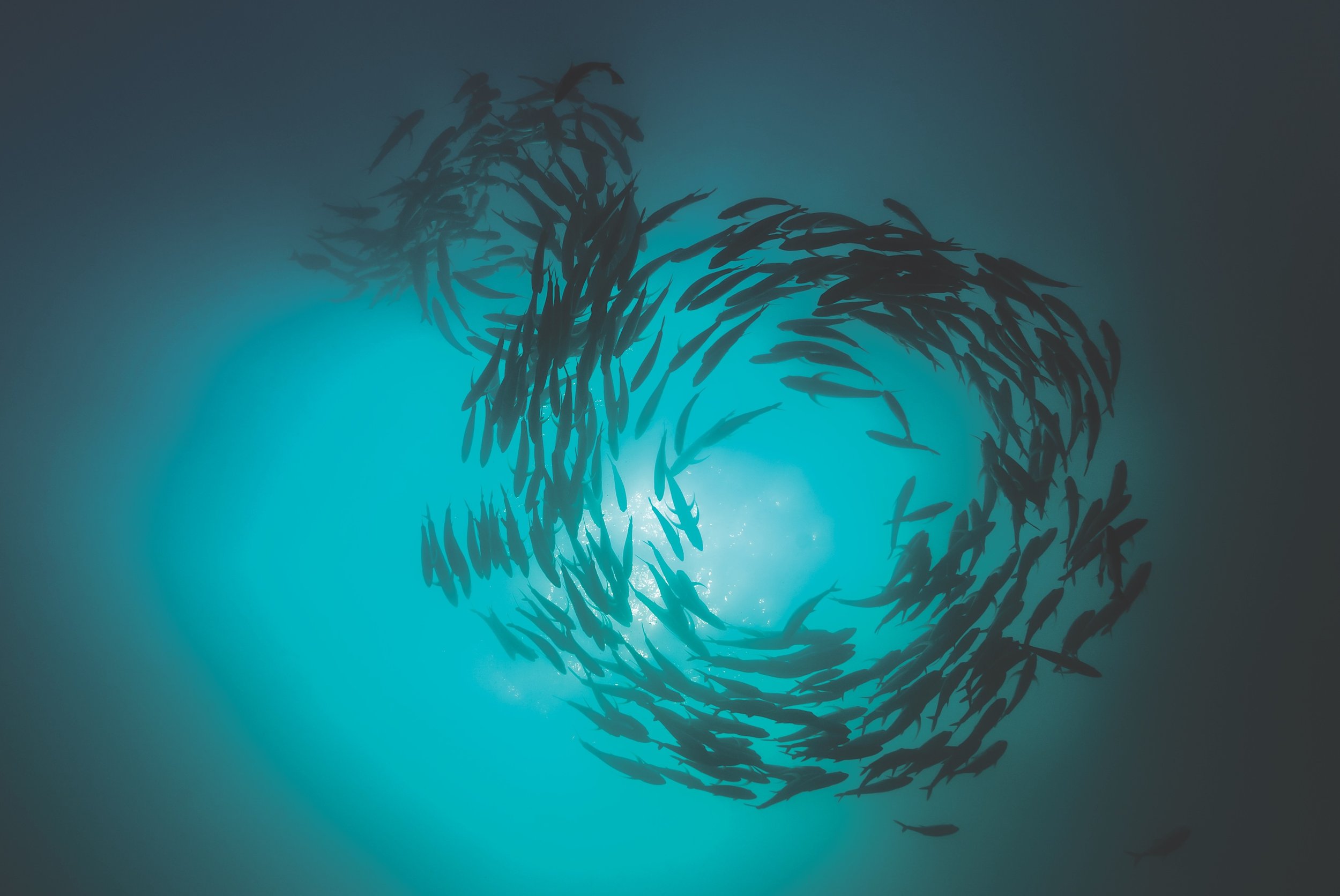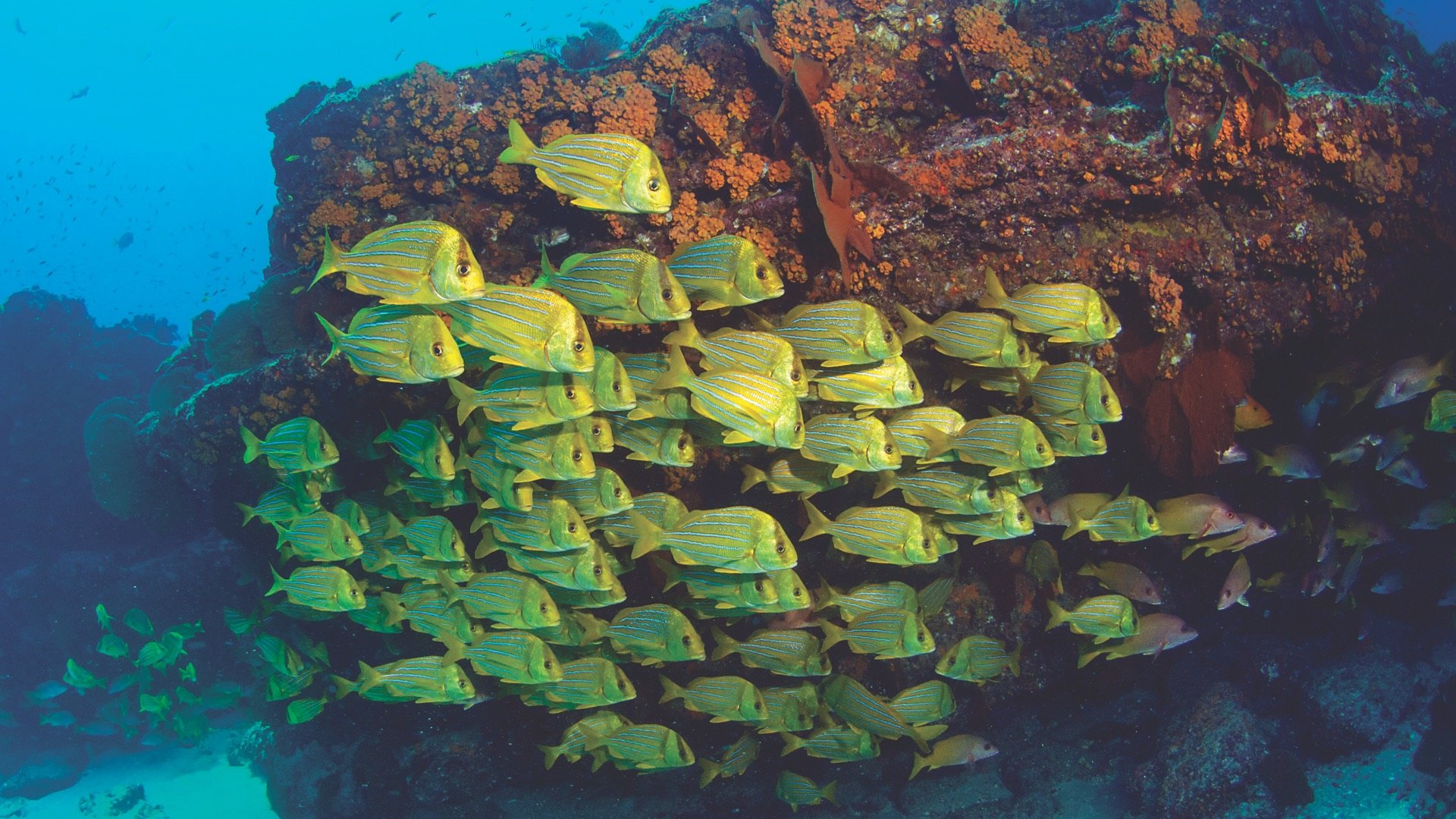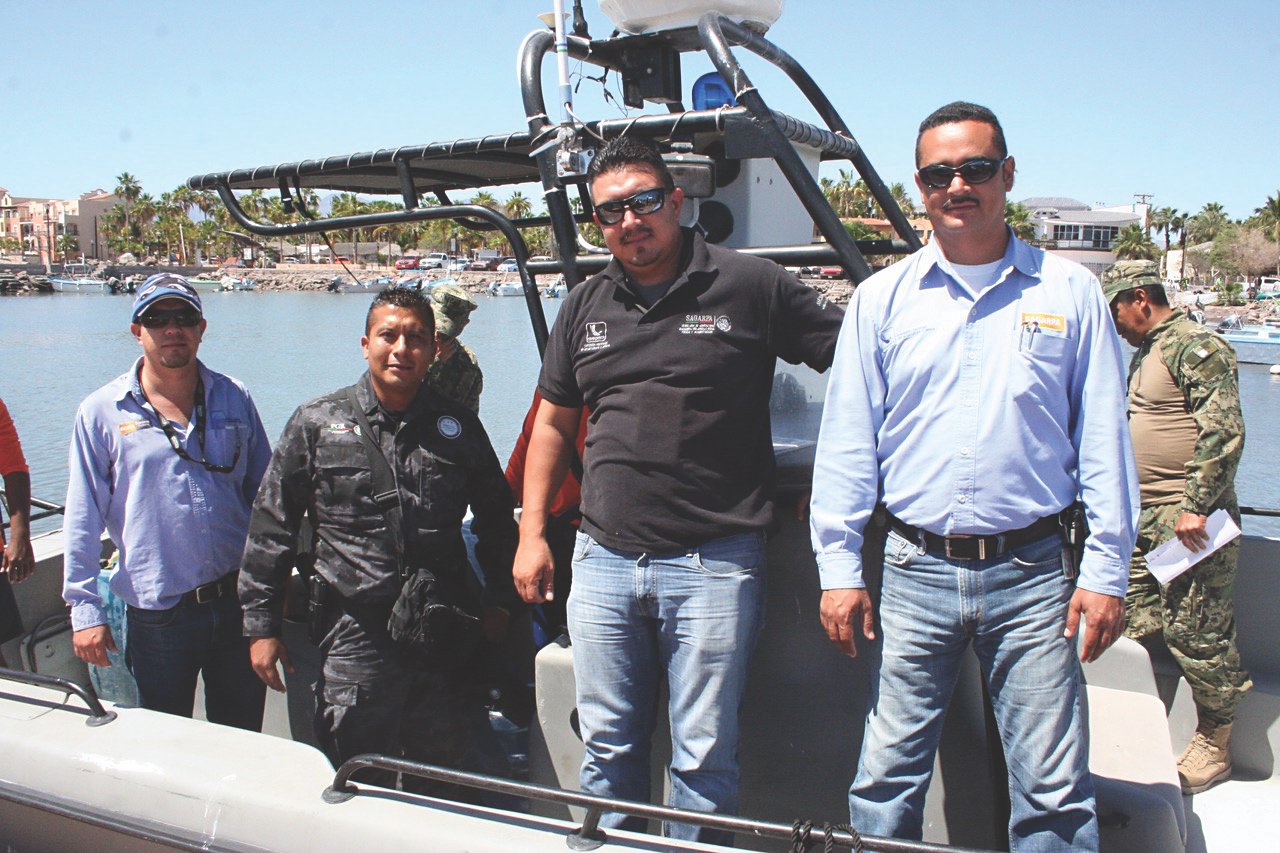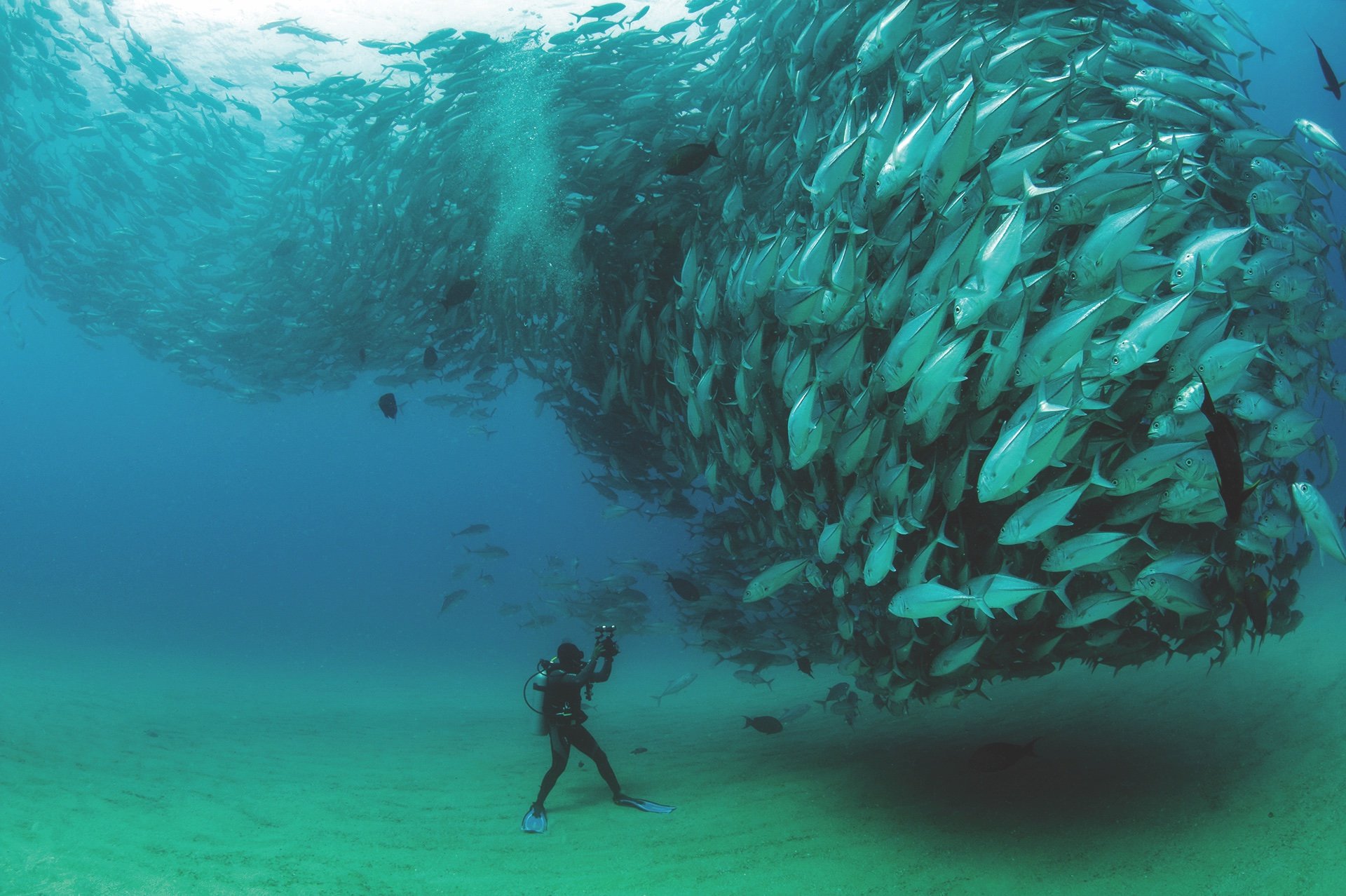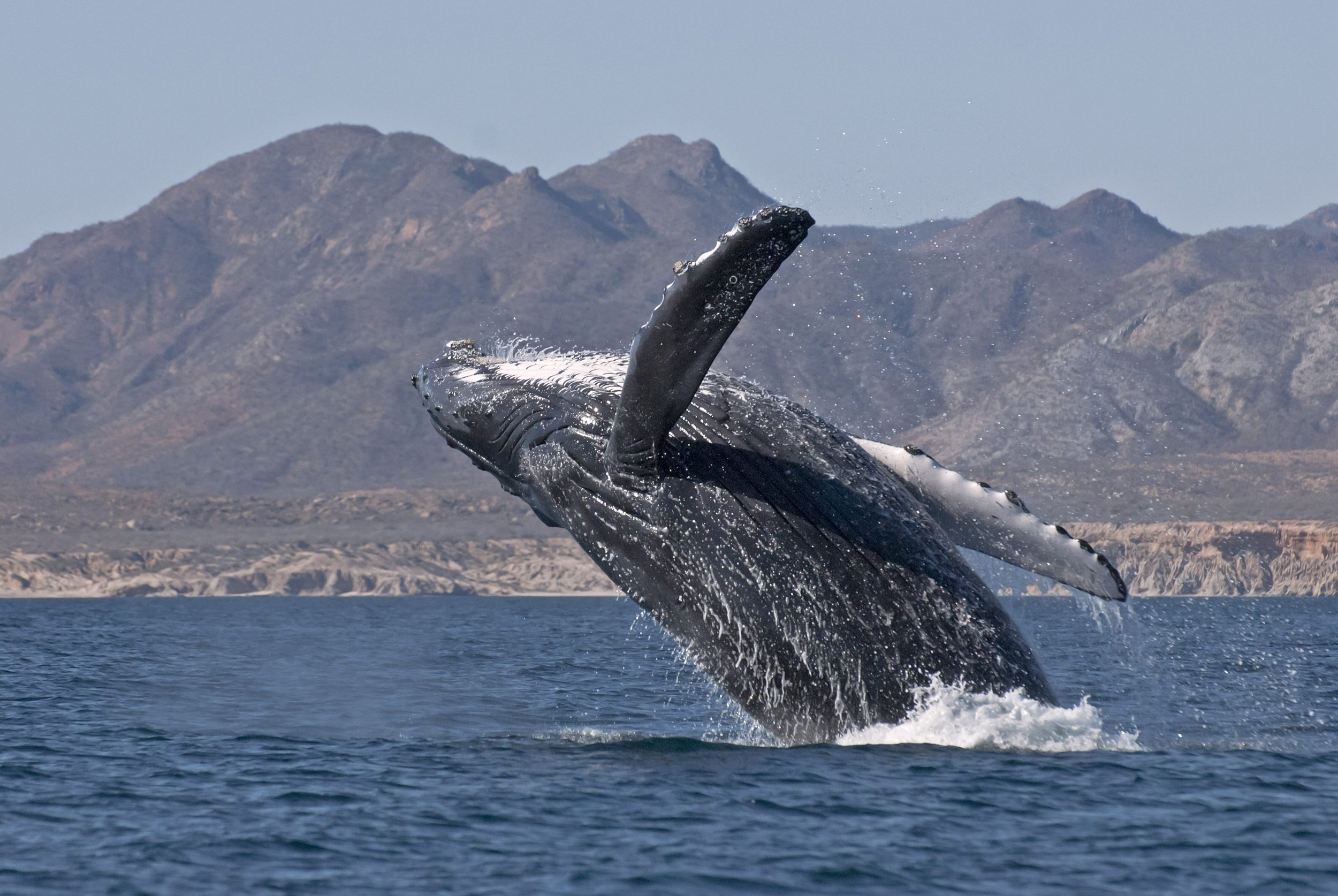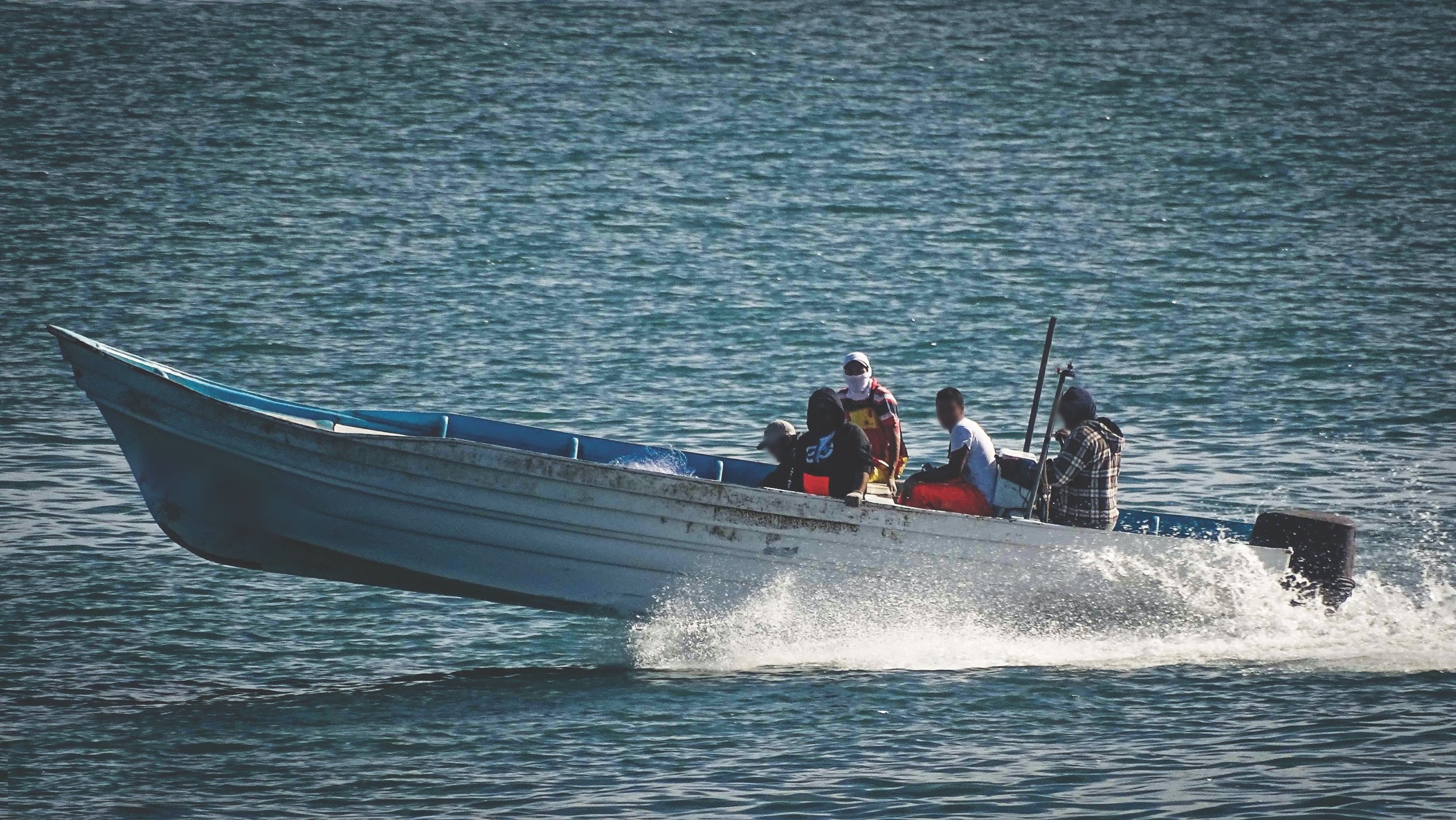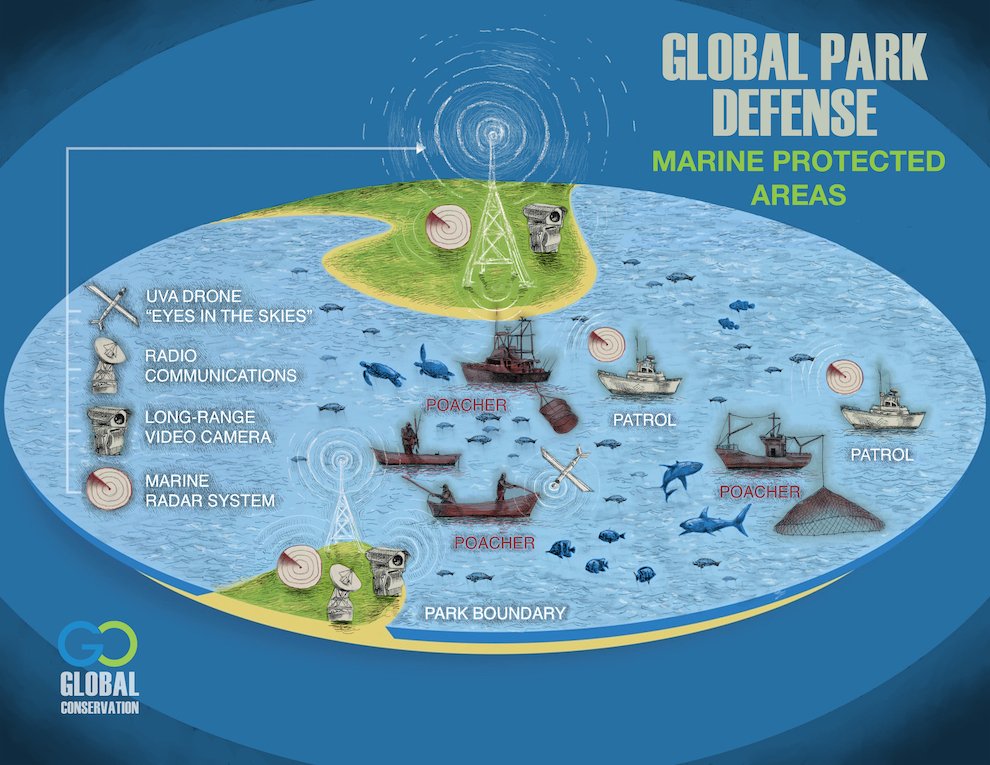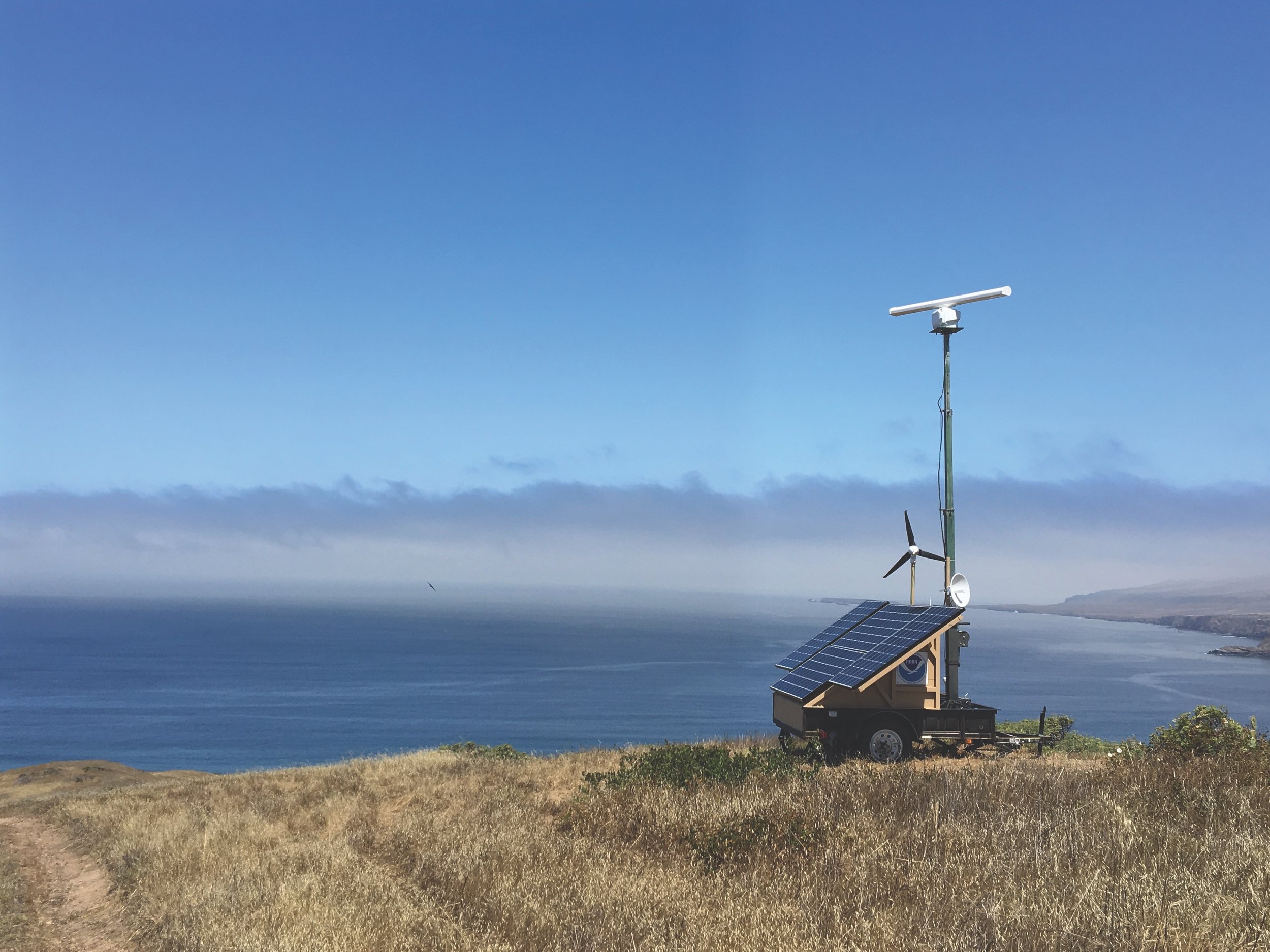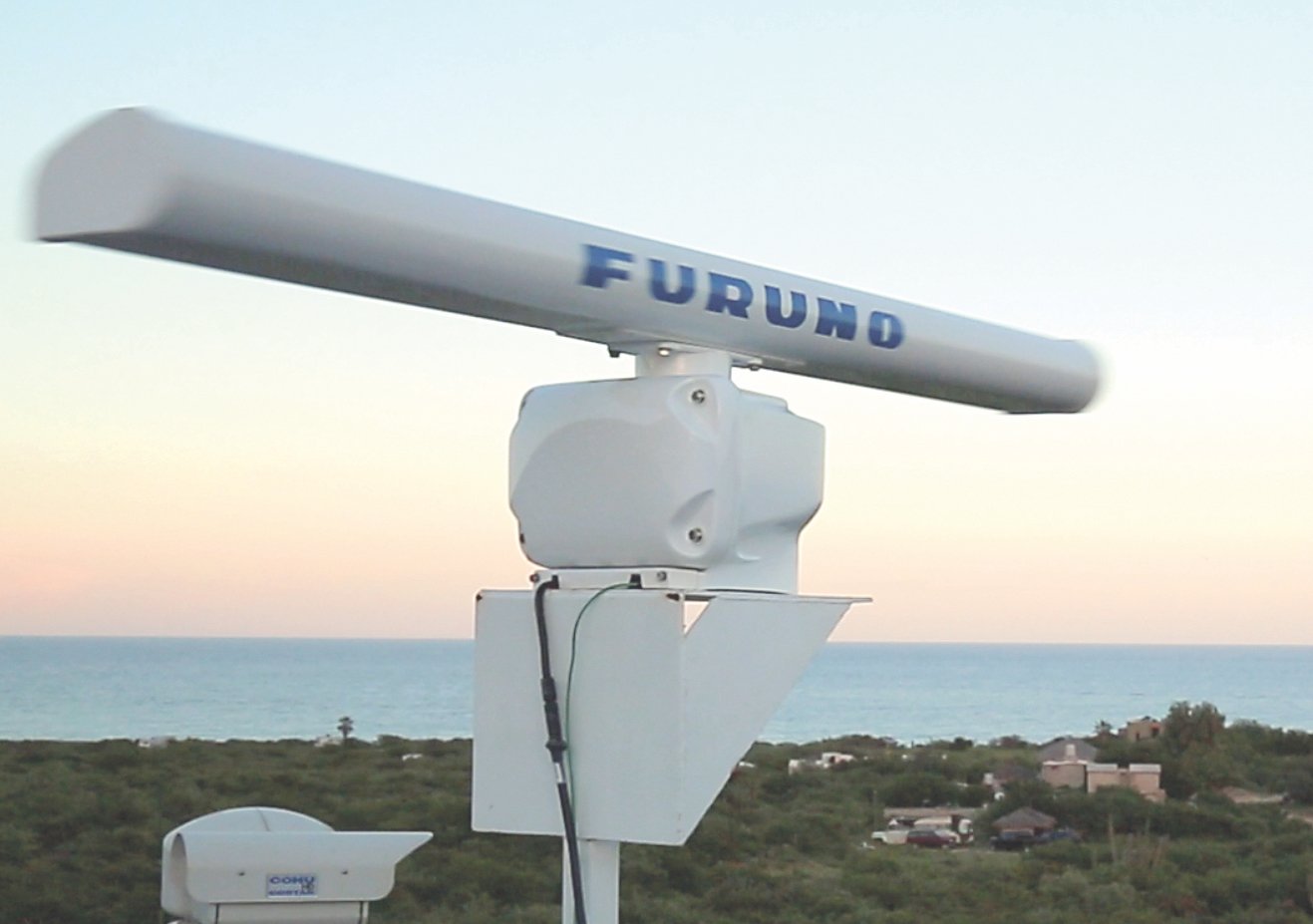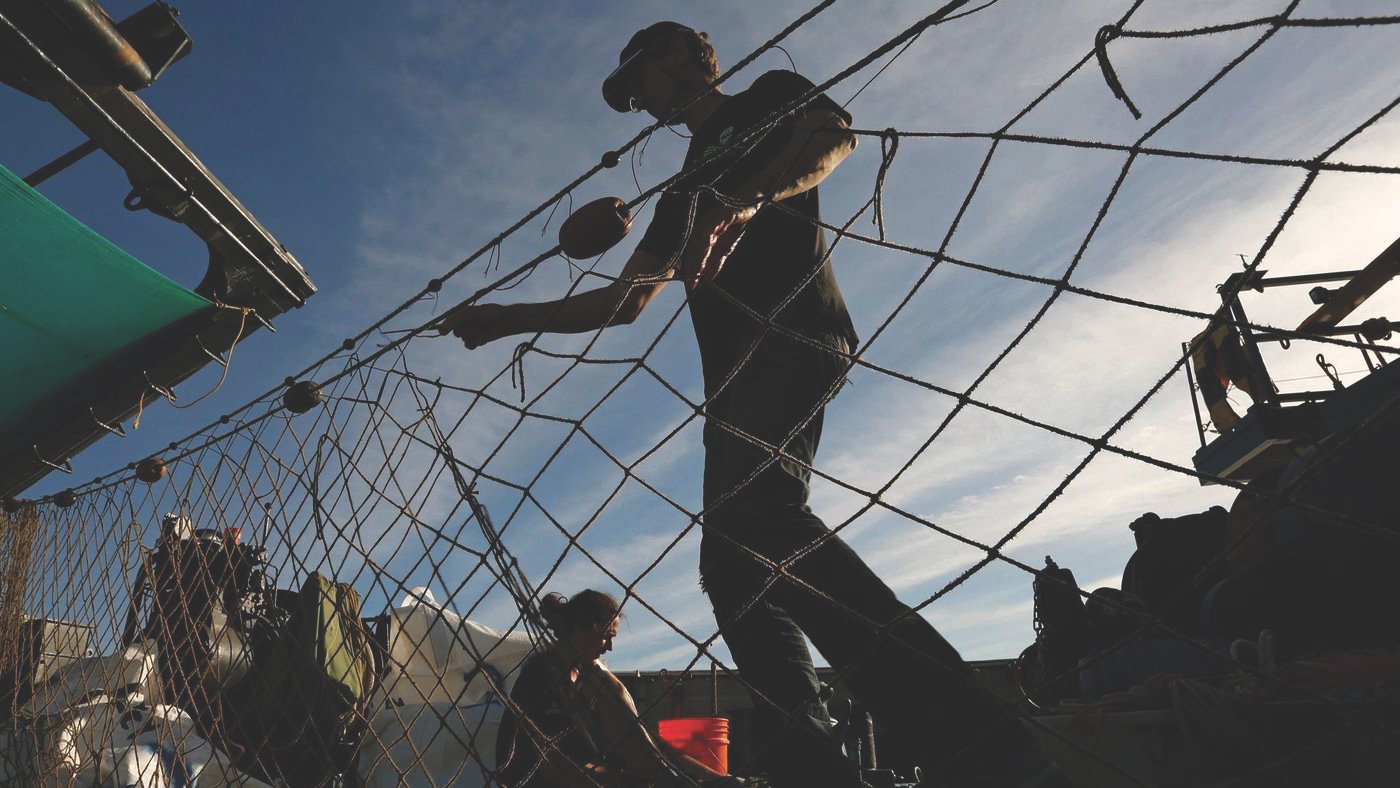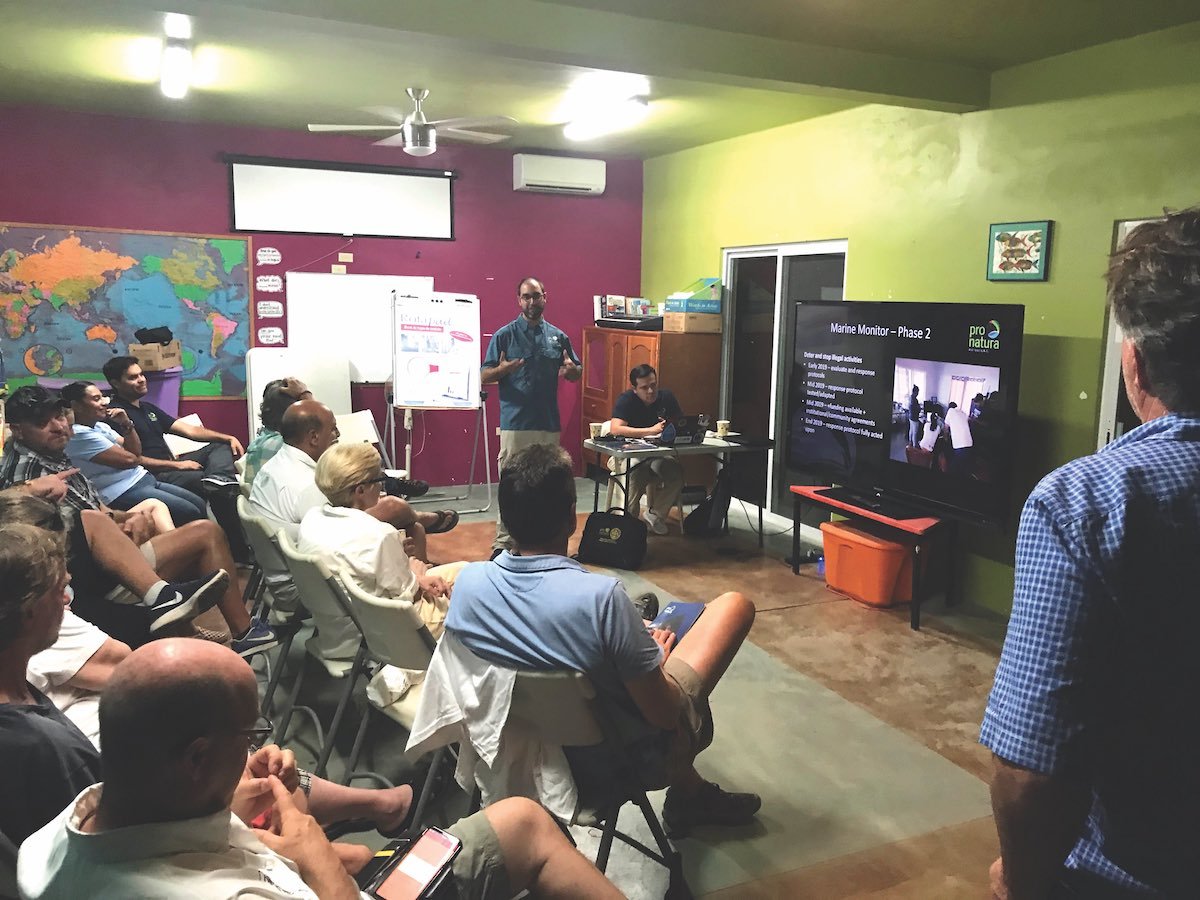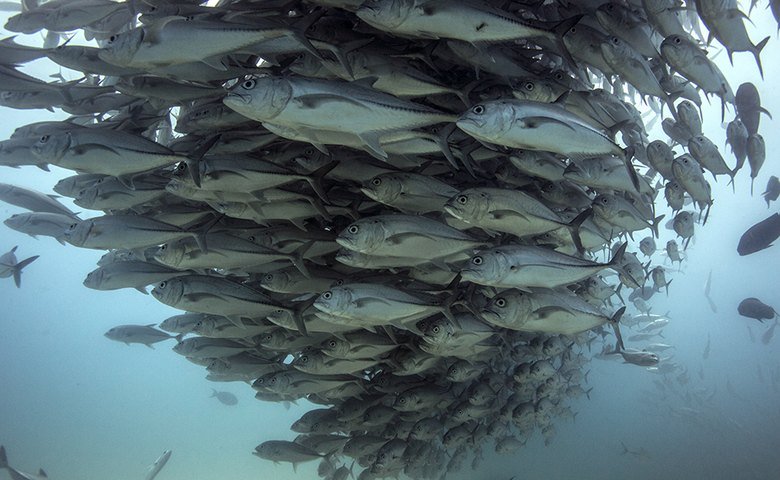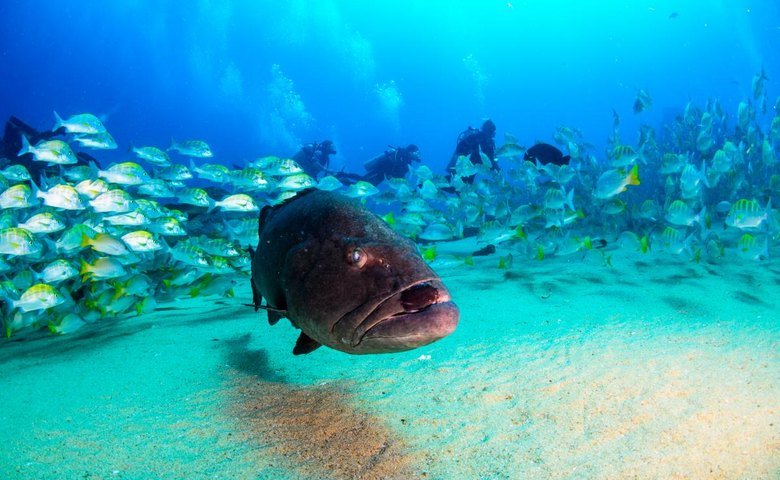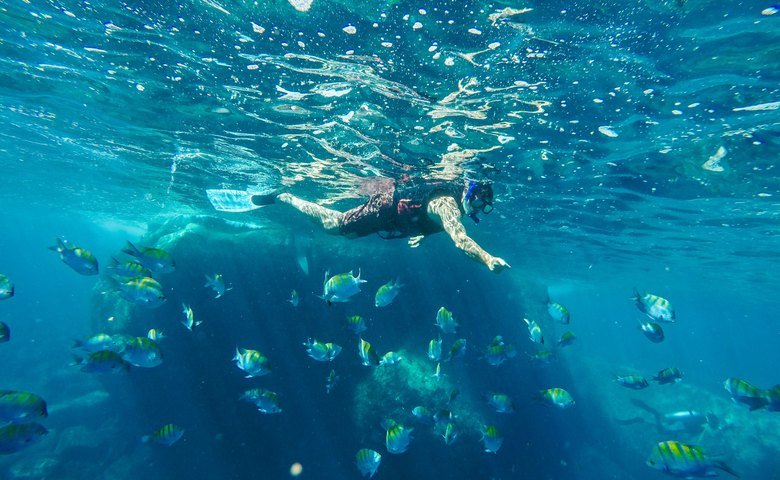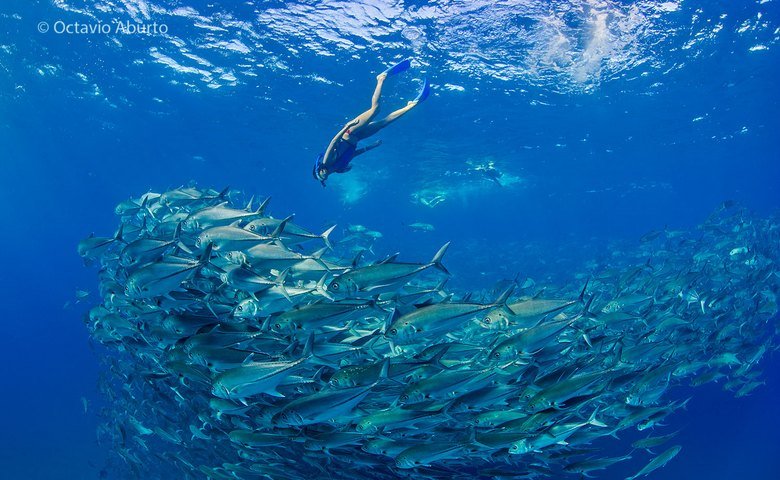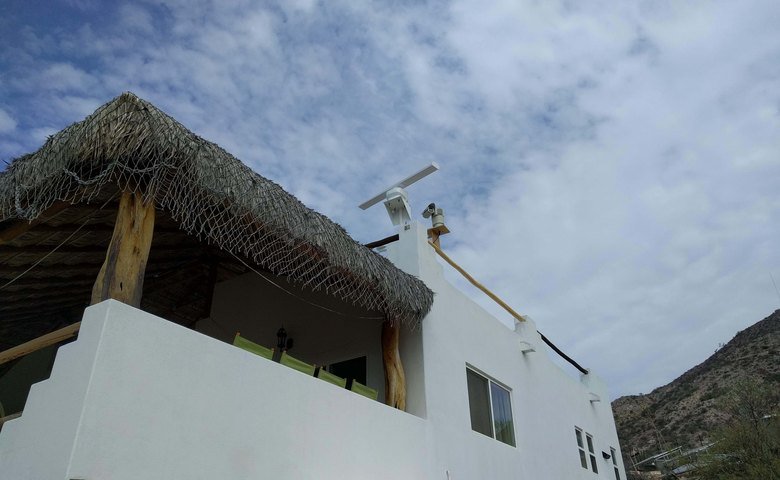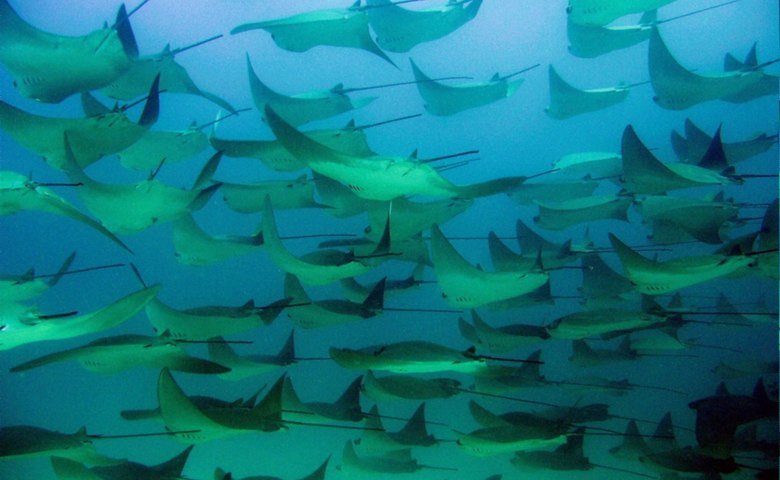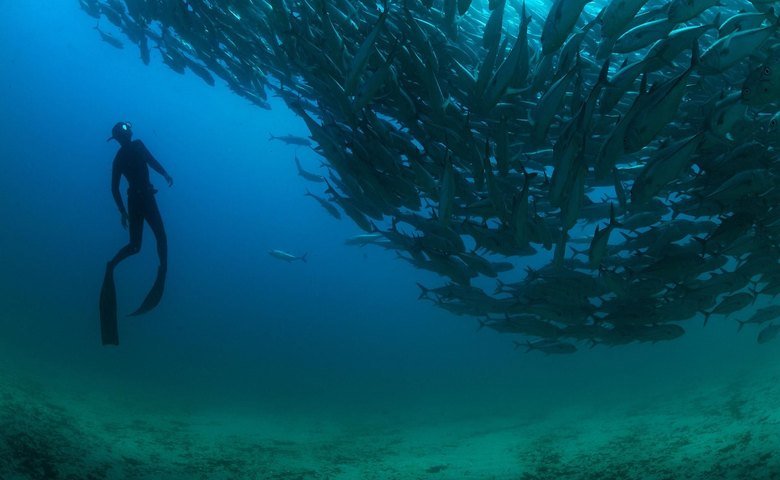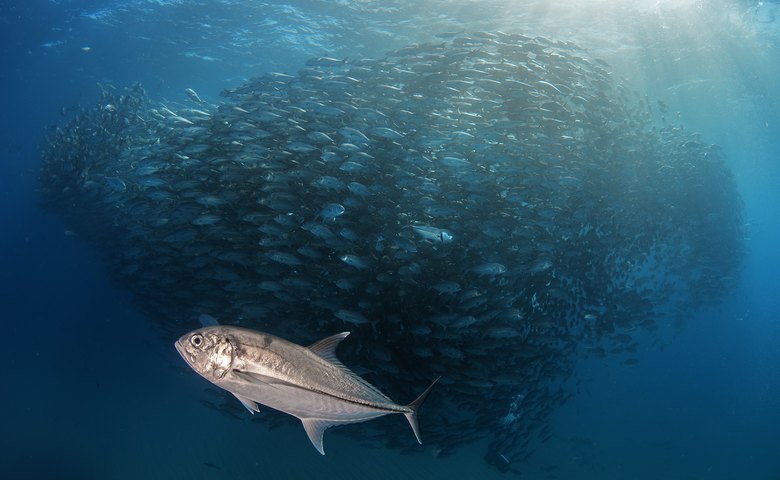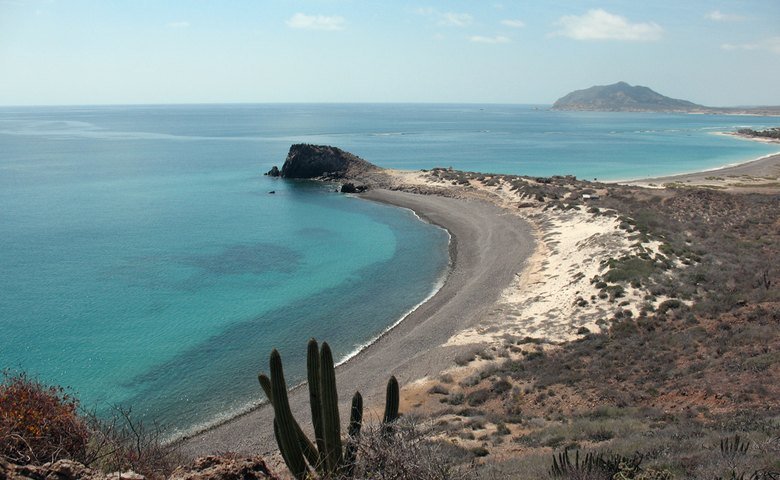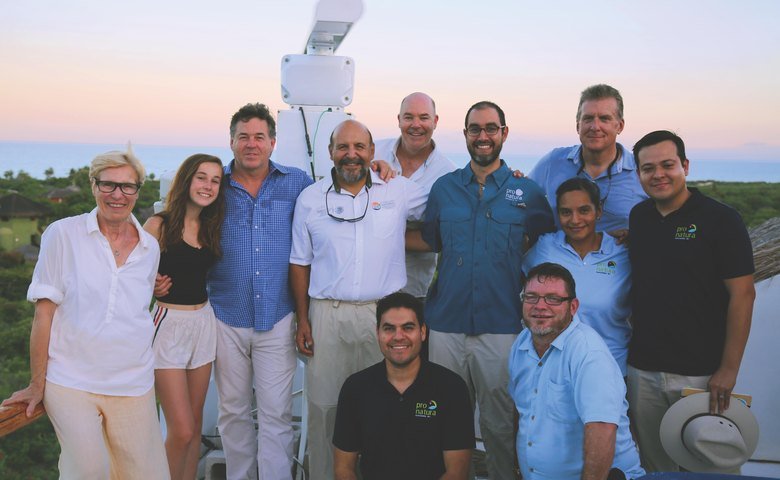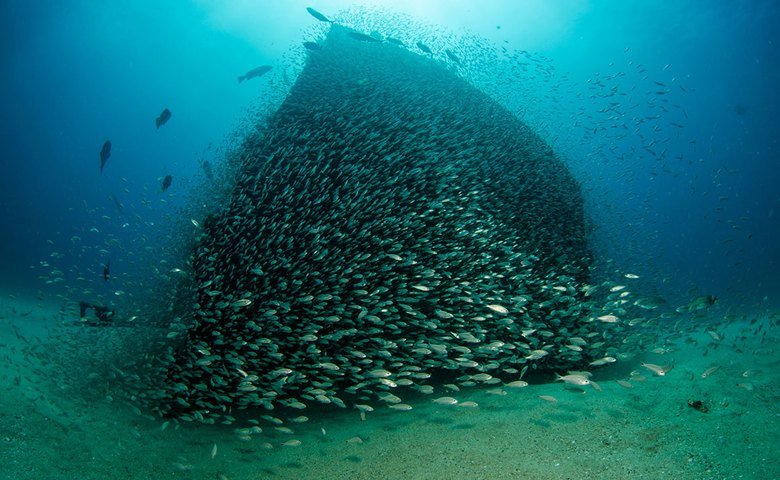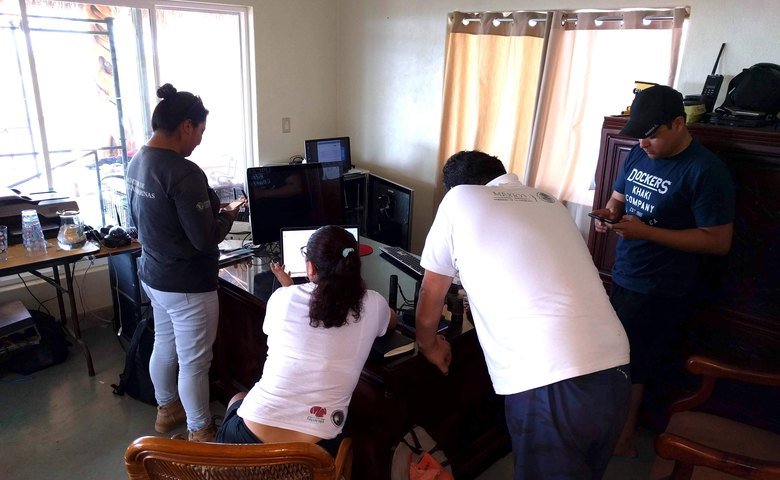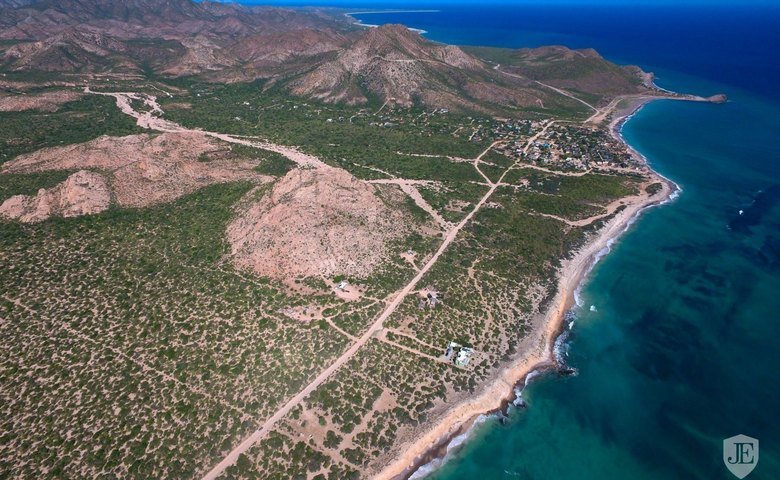Cabo Pulmo and Loreto, Baja Sur, Mexico
OVERVIEW
In the 1980s in Cabo Pulmo, Baja California Sur, Mexico, fish stocks were forced into a precipitous decline. When Cabo Pulmo National Park was declared in 1995, 35% was preserved as a no-fishing area. After determined action by local families, the entire park was designated a no-fishing zone. Now, this once-barren reef is recognized as an area of global marine conservation significance. Global Conservation is proud to work with local communities to protect the only hard coral reef in North America.
SIZE
213,700 Hectares
GOAL
$240,000
VISITORS BY 2025
22,000
Introduction
"Let us go… into the Sea of Cortez, realizing that we become forever a part of it; that our rubber boots slogging through a flat of eel-grass, that the rocks we turn over in a tide pool, make us truly and permanently a factor in the ecology of the region. We shall take something away from it, but we shall leave something too. And if we seem a small factor in a huge pattern, nevertheless it is of relative importance…thousands of miles away the great bombs are falling and the stars are not moved thereby. None of it is important or all of it is.”
During World War II, when John Steinbeck wrote these words for his book Log from the Sea of Cortez, Cabo Pulmo was a pristine patch of sea at the southern end of Mexico’s Baja Peninsula, where the rugged islands and coastal desert contrast with the surrounding turquoise waters. The Sea of Cortez, also known as the Gulf of California, is a young sea in geologic time. Just five million years ago in the northwestern corner of Mexico, the San Andreas Fault began to rend a long arm of land from mainland North America. As the land split open, the sea flowed in, creating a protected corner safe from the fickle ocean. It became a vast, still, and clear refuge, a fishbowl of sorts. Indeed, Jacques Cousteau once called the Sea of Cortez “the aquarium of the world”.
The narrow strip of land that guards the Sea of Cortez from the Pacific Ocean for 760 miles is Baja California. If you were to start in Los Angeles and travel south, hugging the west coast until the land ends and you see nothing but ocean on three sides, you’ve reached the Cabo. On its eastern side is Cabo Pulmo.
History
When Steinbeck visited, Cabo Pulmo was a fishing town. Each day, local fishermen would set out from their small houses made of wood from ships that had been dashed into the rocks by storms, and anchor their small boats near the reef. Over time, they found they had to travel farther and farther to catch the same amount of fish.
In the 1980s, this area was targeted by overzealous sport and commercial fishermen, driving fish stocks into precipitous decline. The local communities were distressed by the collapse of their fisheries, and with the help of research from the Universidad Autónoma de Baja California Sur, they lobbied the government to protect the region.
On June 15, 1995, President Zedillo Ponce de Leon declared the 7,111 hectares and waters surrounding Cabo Pulmo a national marine park. Cabo Pulmo is now a UNESCO World Heritage Site, protected and managed by the National Commission for Natural Protected Areas (CONANP) in partnership with the local community and the NGO ProNatura Noreste. Cabo Pulmo National Park spans approximately 100 km (60 miles) between Pulmo Point and Los Frailes Cape, occupying just a fraction of the Sea of Cortez.
At its founding, an impressive 35% of Cabo Pulmo National Park was preserved as no-fishing areas. After further determined action by local families, the entire park was designated a no-fishing zone. Thanks to the community’s efforts, this once-barren reef is now recognized as an area of global marine conservation significance.
Cabo Pulmo National Park has been called the most successful Marine Protected Area (MPA) in the world, with fish and other wildlife increasing nearly 500% since its establishment.
Natural History
Here, the vast desert and pristine beaches give way to a shallow bay that cradles one of only three living reefs, and the only hard coral reef, in North America. Thanks to a diversity of oceanographic processes, including wind- and current-driven upwelling, tidal mixing, and hydrothermal vents, Cabo Pulmo is exceptionally biodiverse.
In this rejuvenated reef, enormous schools of jackfish spiral, shining in the sun. At Isla San Pedro, sea lions frolic in the current, playfully approaching divers. In the fall, whale sharks, the largest fish in the world, arrive in Cabo Pulmo. Come winter, humpback, gray, and sperm whales emerge from the deep ocean to enjoy the shallow coastal waters. Five of the world’s eight turtle species patrol the waves, while rays, octopuses, reef sharks, and colorful fish swim among the vibrant coral heads. Garden eels poke their head from the sand, waving in the current like stalks of grass. The reef has even become a refuge for the enormous and endangered gulf grouper, a long-lived and top-level predator that once represented 45% of all fish caught by local communities. Now, it is staunchly protected.
The park is also home to over 890 fish species, 90 of them endemic, along with 25 species of coral, over 4,800 invertebrate species, the poisonous yellow-bellied sea snake, and 90% of the world's near-threatened Heermann's gulls. Almost 40% of the world’s marine mammal species live here, including 34 species of dolphins and whales and the breeding and nursery grounds for 30,000 California sea lions.
Saving Cabo Pulmo
Thanks to this remarkable diversity, the Sea of Cortez is a global conservation gem. Its waters are invaluable to science and as a fisheries and tourism resource that benefits local people. An investment in Cabo Pulmo’s protection and conservation is an investment in local communities.
Now, the challenge is to protect Cabo Pulmo from increasing pressure as other fisheries in the Sea of Cortez decline. Despite protection, over the past 10 years, the park has endured pressures from commercial fishing and abuse from uninformed visitors. Plans for enormous coastal development projects have threatened to put unsustainable pressure on the reef.
Illegal fishing by both sport and commercial fishermen have caused damage to Cabo Pulmo National Marine Park, but in a region where local communities live on the seafood they catch by hand, enforcing the ban on fishing presents a challenge.
Unfortunately, marine managers frequently have limited financial and human resources, making it difficult to effectively manage such areas. Military radar systems for monitoring marine activity exist, but cost hundreds of thousands of dollars, well beyond the financial resources available to marine managers.
Consequently, effective protection in Cabo Pulmo has been a challenge, and the costs have been high. To protect this unique place, Global Conservation and the Anthropocene Institute (AI) are working with ProNatura Mexico to deploy Marine Monitor (M2) radar systems, long-range cameras, UAV Drones and SMART Patrols.
Global Conservation is also supporting next-generation industrial design and engineering for a new off-grid Mobile Marine Monitor (M3) trailer system which can be shipped in standard containers anywhere in the world. As the number of MPAs continues to increase globally, it is vital that managers monitor boat activity within and around MPAs. We hope that this pioneering model will be adopted in MPAs across Mexico.
Cabo Pulmo is a true conservation success story. In his logbook, John Steinbeck said, “a dream hangs over the whole region.” For us, that dream is to help local communities protect this pristine sea long into the future.
Partners in Conservation
ProNatura is an organization that has been dedicated for almost 40 years to the conservation of Mexican biodiversity and ecosystem services. They are committed to finding sustainable and innovative solutions to major conservation challenges like climate change, watershed protection, and ecosystem restoration, seeking ultimately to contribute to the creation of a just and equitable society in harmony with nature.
Anthropocene Institute/ProtectedSeas
The Anthropocene Institute’s mission is to drive thought leadership and investment, seeking to accelerate the technological and community innovations necessary to address the needs of our planet.
ProtectedSeas is a marine conservation organization associated with the Anthropocene Institute, whose mission is to raise awareness and protection of critical marine areas. The organization assists MPA managers in protecting vulnerable ecosystems and works to improve information and transparency around ocean conservation measures. They are working to develop a visual database in map form of every MPA in the world, as well as deploy Marine Monitor radar systems to protect vulnerable areas from illegal activity.
Together, the Anthropocene Institute and ProtectedSeas are the creators of the Marine Monitor (M2) and Mobile Marine Monitor (M3) systems, which are critical to our success in marine protection.
National Commission for Natural Protected Areas (CONANP)
Mexico's CONANP is a critical governmental partner for our work in Cabo Pulmo.
Cabo Pulmo in the News
Huffpost - Here’s What Happens To Nature When Humans Get Out Of The Way
National Resources Defense Council - Ten Environmental Stories to Mark a Decade in Latin America
The World - With no-fishing zones, Mexican fishermen restored the marine ecosystem
CGTN - Local action turns struggling Mexican fishing village into ecotourism destination
Condé Nast Traveler - The Best of Baja California Sur: Los Cabos and Beyond
Scientific American - Fish as Food or Fish as Wildlife?
BirdLife International - Pronatura wins Mexico's Ecological Merit Awards
SFGate - Cabo Pulmo's fight to save 'the world's aquarium'
Nature - Little Mexican reserve boasts big recovery
San Diego Union-Tribune - The threat to Baja’s underwater ‘rain forest’


